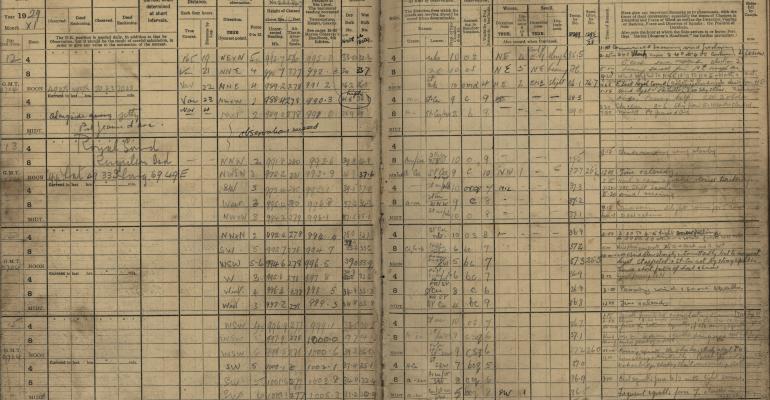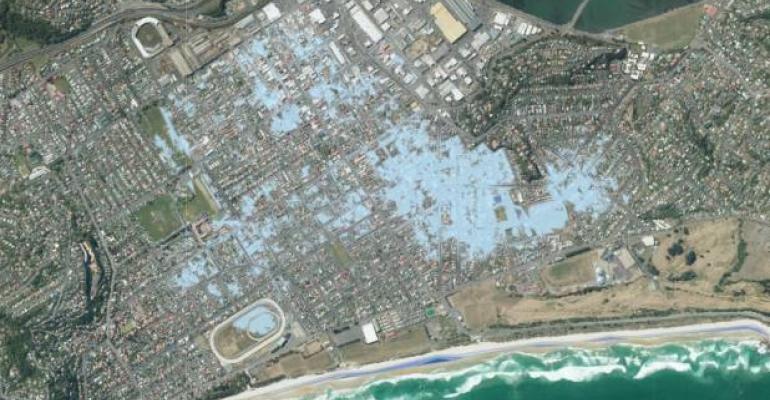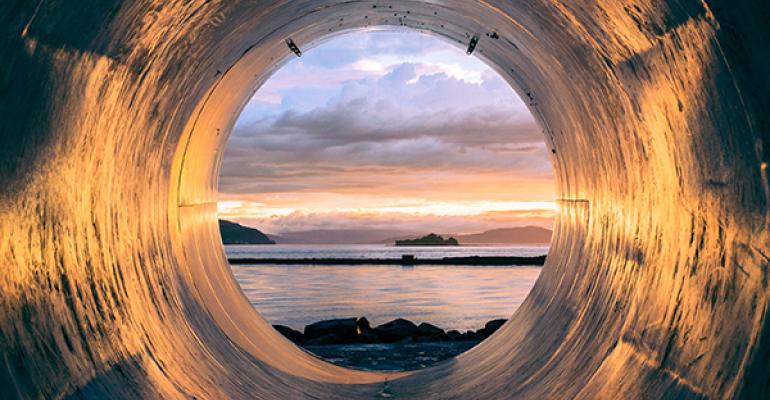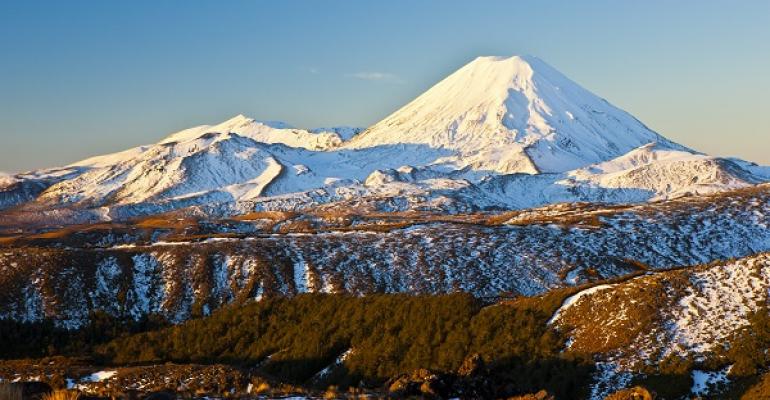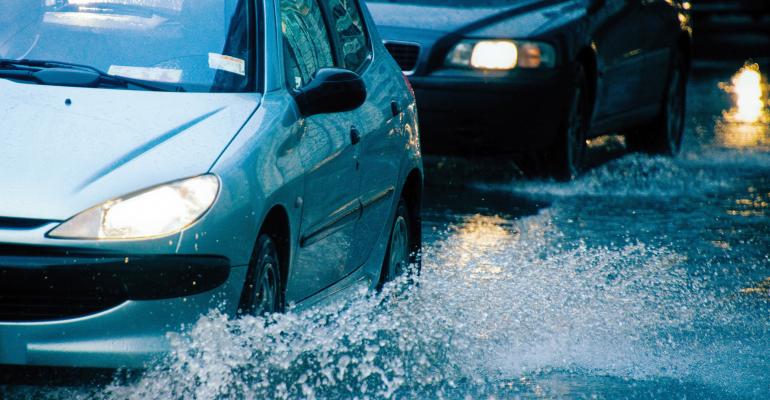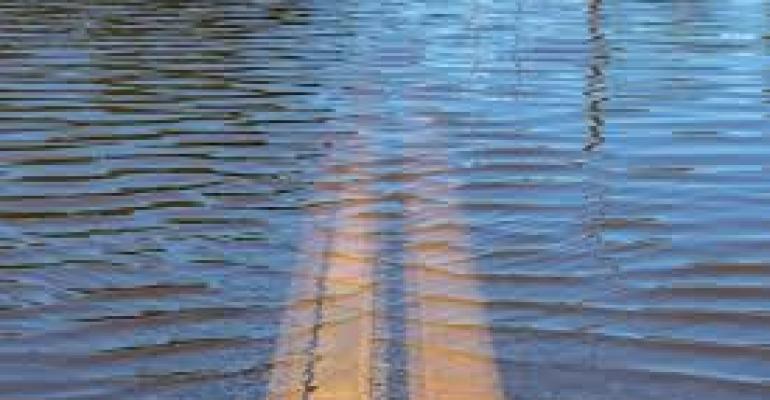
An interview with our new Science Lead in the Engagement Programme, GNS social scientist Wendy Saunders
Wendy Saunders is a social scientist specialising in land use planning and natural hazards – whether geological or weather-related, and including hazards that are exacerbated by climate change. Wendy has worked for many years at GNS Science, where a core part of her work is engaging with communities, councils and others, to improve the way natural hazards are incorporated into planning for land use.
In 2013, Wendy was a World Social Science Fellow in Risk Interpretation and Action, and in 2017 she won a New Zealand Planning Institute award for best practice, in relation to an online natural hazard planning toolkit she developed for councils.
She is member of the Mātauranga Māori and Governance programmes in the Resilience to Nature’s Challenges National Science Challenge. More recently, Wendy has come on board the Deep South Challenge as the Science Lead in our Engagement Programme. It’s a great fit for many reasons, some of which we explored in this interview.
Kia ora Wendy. Can you talk about where your interest in natural hazards might have sprung from?
When I was growing up, if there was ever a flood, Dad would put us all in the car and drive us out to have a look. Which you shouldn’t do! Totally not what you’re supposed to do!
Hamilton is considered to be the safest place in the country. But you know, when the Waikato river flooded, up round Ngāruawāhia, and along the wetlands there, it was amazing. Dad always got pretty excited when something happened.
So I guess I’ve always been interested in hazards. When I finished school, I worked for an insurance broker for a number of years. I became interested in the insurance side of hazard management. And when I finally went to university, I carried that interest in natural hazards over.
Can you tell us a bit about your family?
There are very strong women in my family. It’s really humbling to see my grandmother’s photo, and my aunt’s, on the back wall of our marae. We come from a line of such awesome women!
I’m Ngāti Raukawa, from the north. Our marae is at Pikitū, near Waotu, by Lake Arapuni. My grandmother was brought up at Waotu. She spoke te reo fluently, though I never heard her speak it. We are keen as a family to strengthen our ties to Pikitū, and I’d really like to organise a trip back there.
What about your work in the Resilience to Nature’s Hazards challenge?
Under the Resilience challenge, I’m looking at the role of iwi management plans in natural hazard management. Once they’re lodged with a council, iwi management plans become legislative documents. They can be quite powerful. I’m looking at the Bay of Plenty as a pilot case study area, because the Bay of Plenty has every single hazard that we have in New Zealand. They also have a lot of iwi management plans, and the council helps to fund those plans. So, if they have every hazard, how are those hazards represented in the plans? My findings are, they’re not represented very well.
Partly that might be because of other priorities in the short term, such as water quality. But I’m also hoping to tease out whether the issue is the accessibility of science, or whether it’s that there’s not a good sharing of knowledge and information between council, iwi and scientists. How is the information exchange going? How can it be improved?
As a hazards researcher, if I’m going to work anywhere around New Zealand, the first thing I should do is look at the iwi management plan if it exists, and see how my research aligns with the priorities of that iwi. It may align well, and that gives you a good conversation starter. Research of course is two-way, and iwi have a lot to offer. They know the land.
So the next part of our research is looking at the relationship – how can we better share our hazard information? Are councils sharing the information they get from us, and passing it on in a way that’s meaningful? It’s not enough to put hazard information up on a website. It’s talking to researchers, to find out what steps they take to ensure their information is getting through. And it’s talking to iwi, about their experiences, opportunities, and the expectations they have of these iwi management plans in relation to hazard management.
It seems like there’s a huge amount of crossover between the Resilience challenge and ours, the Deep South Challenge: Changing with our Climate. Can you talk about that?
Yes. My research has also considered how these plans have included climate change and sea level rise, for example, in hazard planning. Because when I’m looking at natural hazards, I don’t differentiate.
You can’t have a conversation about hazards without also talking about climate change. I don’t think you can separate them at all. They have to be combined. Even tsunami. A tsunami is triggered by an earthquake, generally. People say, that’s got nothing to do with climate change. But the impacts of the tsunami are influenced by climate change. If you’re experiencing increased sea level rise, increased chop, increased storminess, increased erosion, and if you’re losing metres of your shoreline, then your tsunami inundation zone could potentially go much further inland.
It’s the same with landslides, which increase with the amount of heavy rainfall. Or flooding. If we want to take a holistic view, we need to be incorporating climate change into everything.
We have an opportunity to strengthen the links and integrate our research between the national science challenges, especially the Resilience challenge (but I’m biased!). What information is the Deep South producing that could be fed into the Resilience challenge, and vice versa?
How do your values drive your work?
For me it’s about building trust, and doing really good work that’s useful, usable and used. I’m a very action-based person. I like to do stuff that’s useful. That’s where I’ve had my best career highlights, actually seeing my work being picked up.
The online toolbox I’ve developed, for example, is not only a framework to work out levels of risk. The toolbox supports councils to engage with communities, and within councils themselves.
I guess it’s around having integrity being trusted. Not compromising myself to fit in with other values that others may have. A lesson I’ve learned is to hold your own values close, and don’t succumb to other people’s. A friend gave me a good quote: “Never wrestle with a pig. You both get dirty and the pig likes it.” It reminds me not to stoop, to hold to my own values, to hold my head high.
We’re lucky to have you as Engagement Lead. What are your priorities? What would success look like to you?
First I want to fully recognise the awesome job that Rhian Salmon has done does to build up the Engagement Programme, starting from scratch. Engagement is now embedded throughout each of the Deep South Challenge’s five programmes, which is quite an accomplishment.
The key opportunities I see are around engaging with some of the other National Science Challenges, creating better linkages, and leveraging efficiencies, so we can create greater value out of our research.
I’m excited about being able to contribute to the strategic direction of the Challenge as we move into the rebid phase, and about reviewing our current engagement strategy.
The funding period is quite short. But in 10 years’ time, success would be seeing Deep South Challenge science being incorporated into decision making – and having really strong evidence of that. Success would also be that all New Zealanders understanding how climate change effects them, and what they can do to adapt. That’s not just a Deep South Challenge issue but we are a key part of that. Only when you really understand climate change can you actually meaningfully do something about it.
But the Deep South Challenge is really well-regarded outside of the Challenge. And, I’m really excited to be a part of it moving forward.
